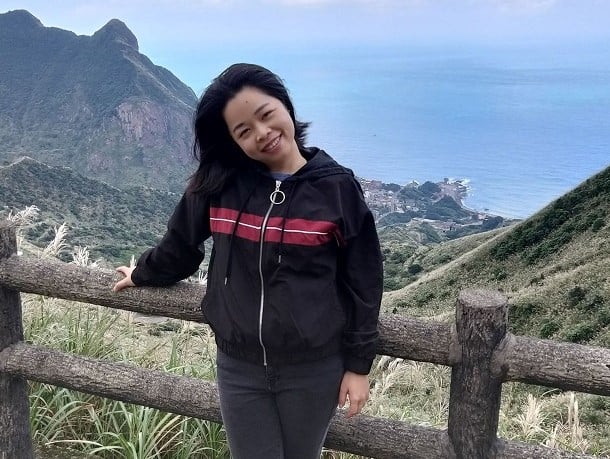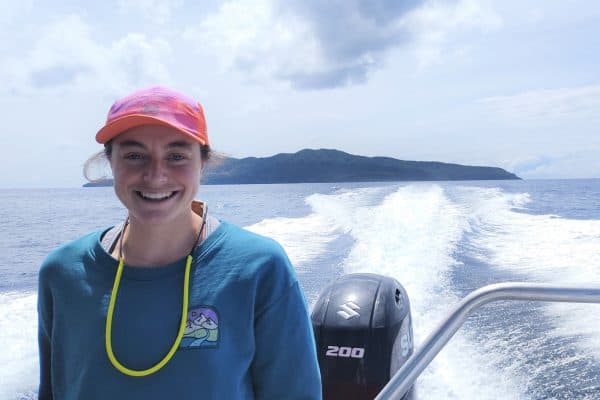Developing physics-based modelling of synthetic earthquakes to access and forecast fault rupture, ground shaking, tsunami and landslides
 I was born and raised with two siblings by my grandparents in Taiwan. I graduated from the Department of Earth Science of National Central University, Taiwan, and studied ground motion simulation of historical earthquakes during my master’s years. After I got my master’s degree, I worked as a research assistant for several years. I’ve been thinking whether to get a PhD or not for many years. Therefore I recommended myself when one of my current supervisors, Dr Bill Fry, visited Taiwan and said he was calling for PhD students. The topic of the PhD project and the beauty of New Zealand are both so attractive to me, so I decided to join the project after talking to my supervisor.
I was born and raised with two siblings by my grandparents in Taiwan. I graduated from the Department of Earth Science of National Central University, Taiwan, and studied ground motion simulation of historical earthquakes during my master’s years. After I got my master’s degree, I worked as a research assistant for several years. I’ve been thinking whether to get a PhD or not for many years. Therefore I recommended myself when one of my current supervisors, Dr Bill Fry, visited Taiwan and said he was calling for PhD students. The topic of the PhD project and the beauty of New Zealand are both so attractive to me, so I decided to join the project after talking to my supervisor.
I am a fluffy animal lover, especially dogs and cats. I like to hike although I don’t have many chances to hike in Taiwan because there are too many frogs and snakes in the mountains. Due to the Covid-19 pandemic, I am still waiting for the border restriction to be lifted. I am keen to go to New Zealand and hike in the frog-and-snake free mountains!
My project
Determining the input parameters for hazard assessment, such as recurrence interval of earthquakes for a given magnitude, rupture initiation on the fault, and probability of multiple-segment rupture, is quite difficult, especially for large earthquakes due to the short time period of our earthquake records. Physics-based earthquake simulators are one solution to this problem. Since our goal is to increase resilience to earthquakes, it is important to understand the possible recurrence interval of these events from a simulated catalogue of earthquakes, spanning more than 50,000 years. The aim of my project is to develop the modelling of synthetic earthquakes and generate simulated earthquake catalogues with a physics-based earthquake simulator, RSQSim.
New Zealand and Taiwan are both located at subduction zones and have high seismicity. Seismichazard assessment is mandatory for both countries. Since I am still in Taiwan and more familiar with Taiwanese data, I am first trying to simulate the synthetic earthquakes with the seismogenic structures of Taiwan. By trying different values of the input parameters of RSQSim, such as initial stress, and comparing the results with the observed earthquake catalogue, I have learned what types of input values lead to the most realistic results. However, the simulated earthquake catalogues still couldn’t fit the observed one perfectly. There are some ways to improve the simulated catalogues, like adding more seismogenic structures and constraining more of the input parameters of RSQSim. This part would be more challenging.
Next steps
One of the next steps is to apply what I have learned from the Taiwanese data to New Zealand. As mentioned above, the improvement of seismogenic structures and constraint on the input parameters could be also one of the next steps. I hope that some realistic earthquake catalogues could be generated, and that this will help to assess the likely frequency of earthquakes and their related hazards.




